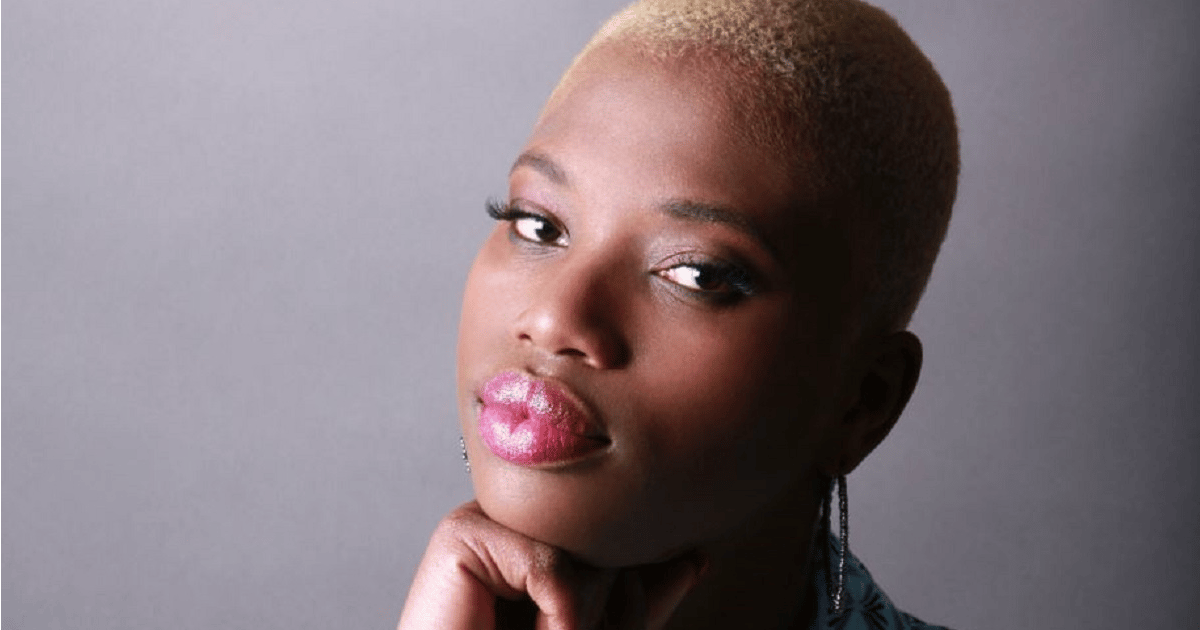Khadija Gbla didn’t realise she was a victim of genital mutilation until she was 13.
It had happened years before, in a remote town in the African country of Gambia. But Khadija didn’t know what was done to her until she was standing in a women’s centre in Adelaide, reading a brochure on female genital mutilation (FGM). All at once, she recognised herself.
“I was looking at a brochure and instantly I was drawn to FGM Type II (there are four types),” the now-28-year-old and founder of No FGM Australia told Mamamia.
“All the memories came back. Until then I had blocked it out.”
FGM Type II involves the removal of the clitoris and the labia minora. It can be done with or without the excision of the labia majora – in Khadija’s case, the labia majora was also excised. The other types range in severity. Some victims have the hood of the clitoris removed; some have their vagina “sealed” with only a small hole left for menstruation; others have their clitoris pricked or sliced to cause nerve damage. According to the World Health Organisation (WHO), at least 200 million women worldwide are affected by FGM. It’s usually done to young, prepubescent girls, with the consent of a family member.





Top Comments
Can you imagine what would happen if a white Australian mother or father did this to their daughter? There would be uproar. They would be charged with child abuse, lose her child and probably jailed. And Doctors who perform this procedure should be named and shamed and struck off. It needs to be brought into the light of day, reported in the news, people named.
Whilst I remember being circumcised (age 6 or 7, in Nairobi, by a GP in a doctor's surgery accompanied by two primly dressed nurses after which I got a treat of icecream), it was a piercer in Newtown, Sydney who in a matter-of-fact way explained what had actually happened, when I was an 18 year old virgin with a "rebellious" streak, as we looked at a plastic model of a vagina that's used to demonstrate the different types of genital piercings available to women.
Growing up in Australia, I distinctly remember being constantly confused by articles and pictures in Dolly magazine and sex-ed because other ladies' bits didn't match what I could see of myself - I explained it away by reasoning that white people must have different bits to brown people.
In hindsight, my very first piercing was more about reclaiming my body than it was about being a rebel with jewellery in an unusual spot. The pain of getting a genital piercing, was the same as what I remember when my hood was removed - I replaced one memory with another and replaced the skin taken with a metal hoop, that had quite the opposite effect of what (I imagine) the original procedure / practice intended.